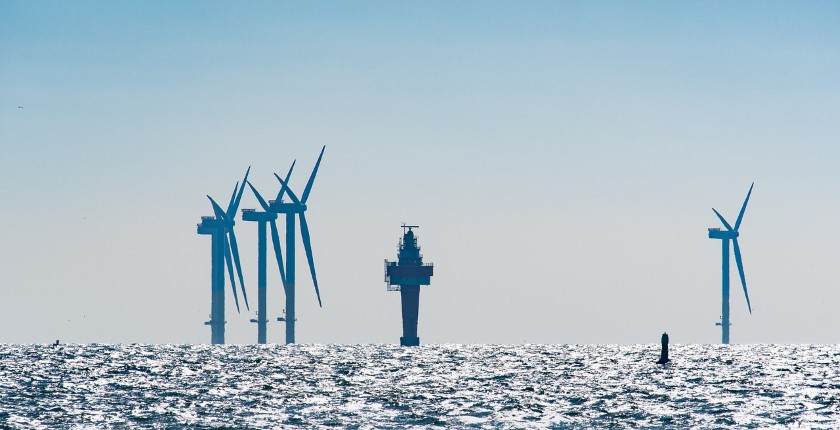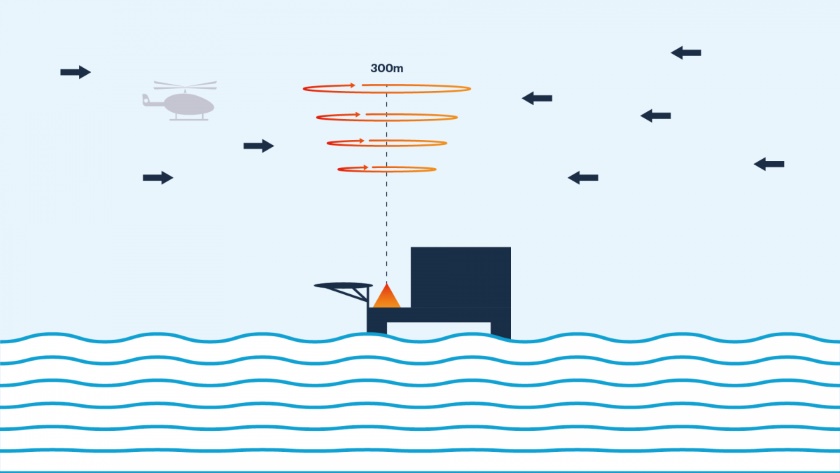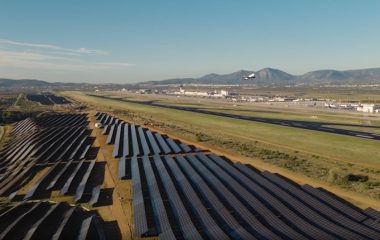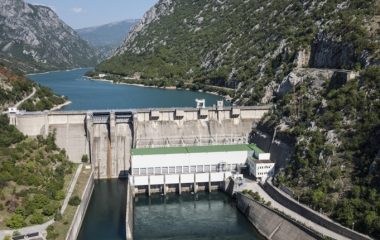
Photo: Doskey12 from Pixabay
Megajoule will install lidar technology at a client’s gas platforms in the North Adriatic to measure wind speed and direction for potential use in the construction of offshore wind power plants. The developers of the devices say their data collection ability is superior to the traditional solutions.
An unnamed client hired Megajoule to install several lidar instruments at gas platforms in the North Adriatic, said ZX Lidars, the producer of the devices. The statement reveals the client operates gas and oil platforms. Both Italy and Croatia exploit gas and oil in the area.
Lidar stands for light detection and ranging. The technology combines laser and radar functions. ZX 300M devices will be used in the project. Megajoule Adria, which signed the contract, said the use of the particular model enabled the collection of more offshore wind data in a short while than with all meteorological masts put together.
The best practice for wind development is to measure wind conditions at heights that respond to the expected wind turbines, but with the introduction of generators of 15 MW and more it means 260-meter hub heights and 220-meter rotor diameters, dismissing the feasibility of using met masts, ZX Lidars pointed out.

Saipem has 450 MW facility in pipeline in North Adriatic
Megajoule’s Chief Business Development Officer Edo Jerkić told Balkan Green Energy News the lidars would be able to measure wind up to 300 meters from the platforms where they would be installed. Megajoule Adria is a subsidiary of Portugal-based Megajoule II. Jerkić said that apart from consulting services, the firm designs and develops projects and that recently it entered the sector of power market and price analysis.
The company supervised the construction of the recently completed Senj wind farm in Croatia, the largest in the country. It is also tasked with grid compatibility and support in obtaining licenses.
Italy-based energy services company Saipem announced plans in August to build one of the first wind farms in the Adriatic Sea, with a capacity of 450 MW, in cooperation with domestic firms AGNES and QINT’X. But the project was expanded and they applied in October for 600 MW in two locations and another 100 MW in floating solar power panels.
Furthermore, the facility off the coast of Ravenna is envisaged to power a 50 MW green hydrogen plant.
Croatian oil company INA is said to be examining possibilities to replace its gas platforms with wind turbines when the reserves of the fuel run out.
Boom in floating offshore wind projects in Italy
Of note, the Ministry of Ecological Transition of Italy recently said it received expressions of interest for a dozen floating wind power projects in the Adriatic. The emerging technology can be implemented in deep seas unlike fixed bottom turbines and there is less concern that the population would be opposed to projects further away from the coast.
Falck Renewables announced an equal partnership with BlueFloat Energy in September for the development of floating wind farms. The first one in Italy, the 1.2 GW Kailia Energia, will be located in the waters off Brindisi in the Southern Adriatic, the companies said in October.
Falck Renewables and BlueFloat Energy have launched two floating wind projects with a combined planned capacity of a whopping 2.5 GW
The second floating wind project is planned for a nearby site in the Ionian Sea, near the southern coast of the Apuglia peninsula. The Odra Energia facility is envisaged to have a maximum installed capacity of 1.3 GW, the developers said last month.
Italy’s National Wind Energy Association – ANEV has a target for floating offshore wind for 2040 of 5 GW, compared to zero capacity now. The world’s largest facility of the kind has just 50 MW.


















Be the first one to comment on this article.